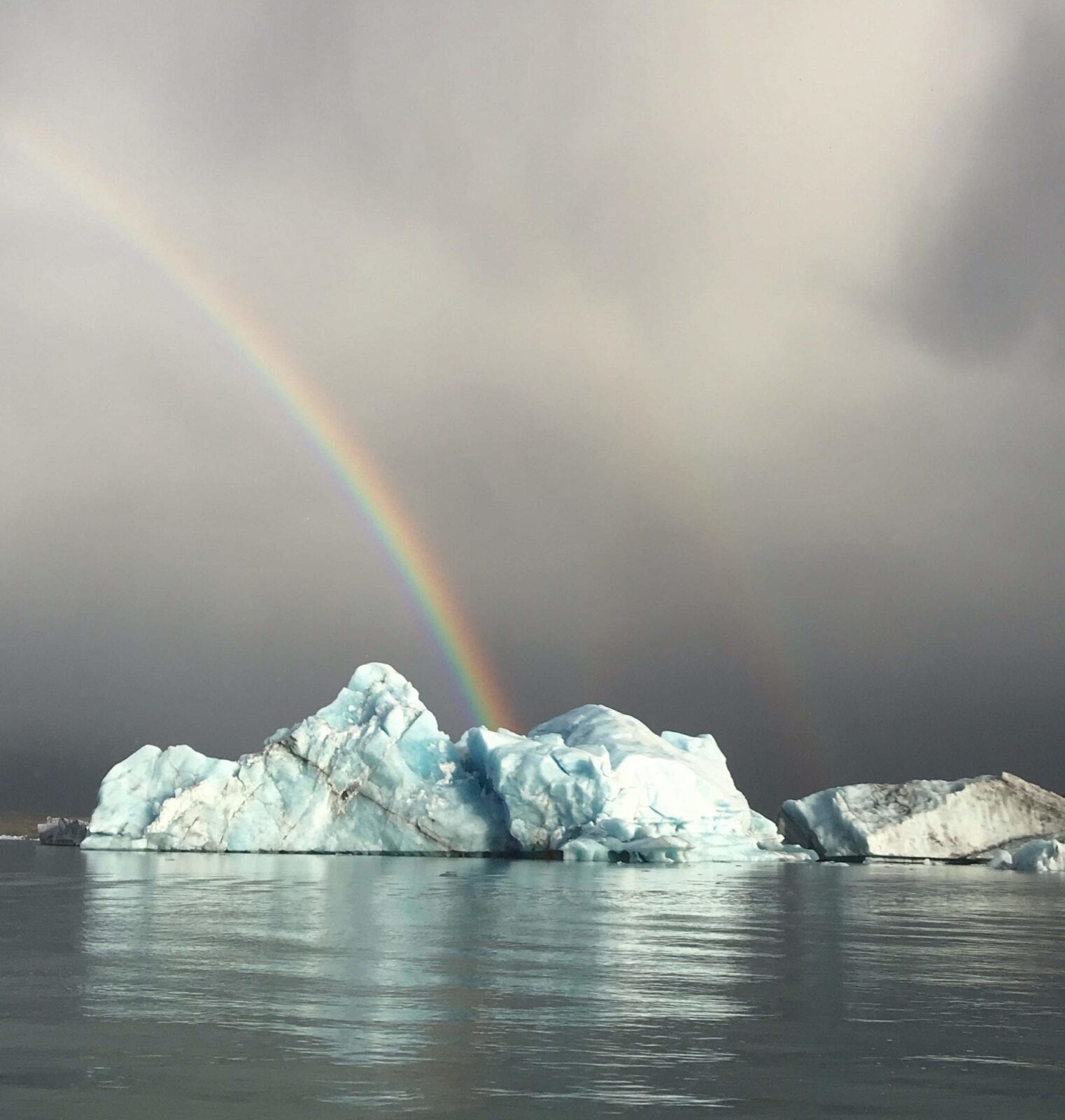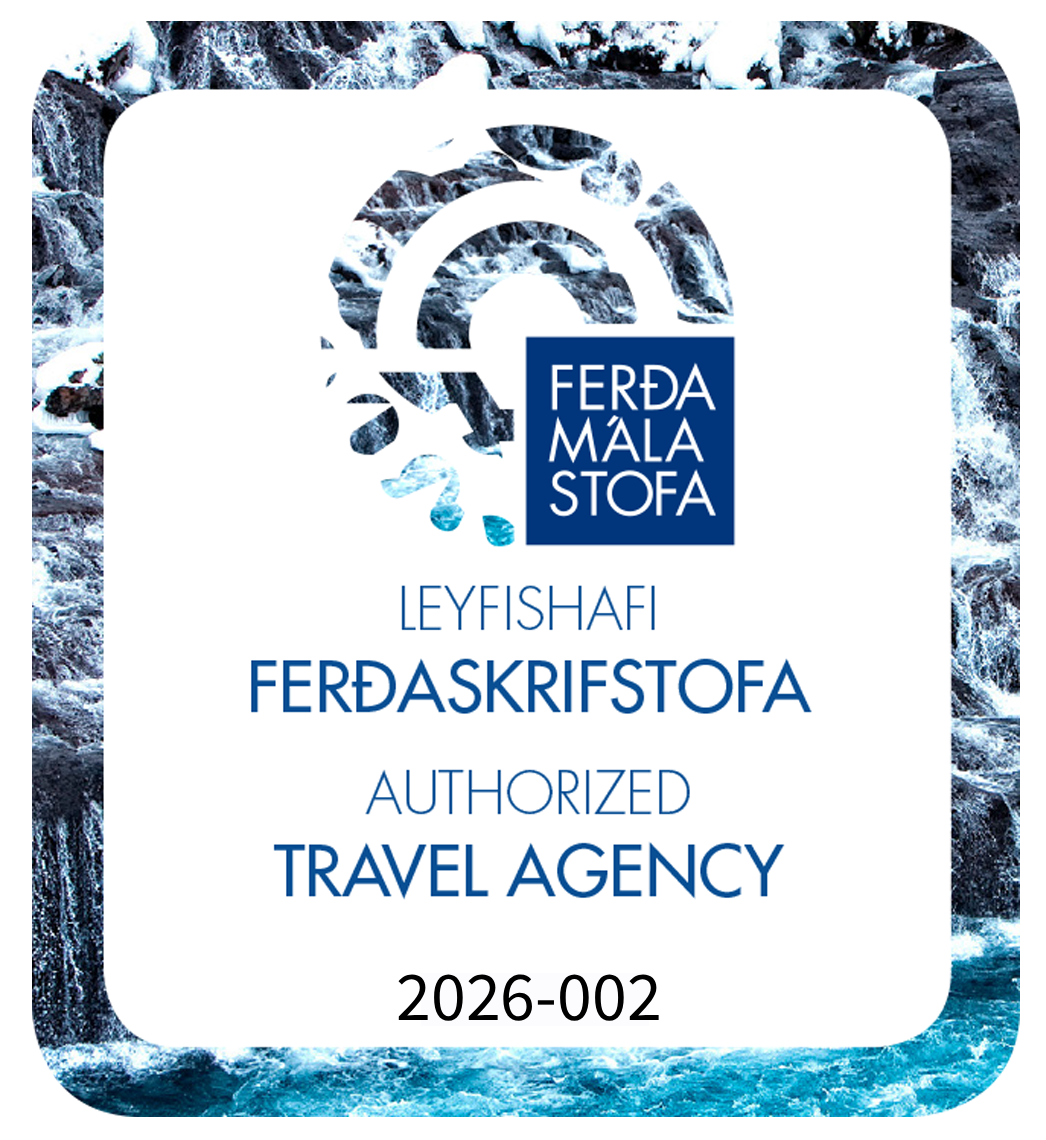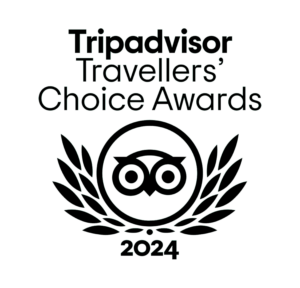It’s safe to say that the majority of people who intend to come to Iceland know of the Glacier Lagoon (Jökulsárlón), but for that small percentage who do not, it’s your lucky day because we are here to fill you in. The Glacier Lagoon is one of Iceland’s most visited places, and is just ten minutes driving time from our meeting point in Hali.

The lagoon is located next to route 1, so it is hard to miss when you are driving in either direction. From Reykjavik, it is 372 km (or 230 miles). Time-wise, it takes around 4 ½ hours to drive if the roads are clear- allow for longer in the winter if there is snow or ice on the roads.

The glacier that forms the lagoon is called Breiðarmerkurjökull. Breiðarmerkurjökull is an outlet glacier from Vatnajökull, the ice cap within Vatnajökull National Park. To understand what an outlet glacier is, look down at your closed fist and imagine that it is Vatnajökull, the Ice Cap. If you extend one finger, that would represent Breiðarmerkurjökull. Vatnajökull has over 40 fingers, which means that when you see Breiðarmerkurjökull, you are seeing one small piece of the full picture that is Vatnajökull and its outlets. Although the glacier has been retreating since the early 20th century, Vatnajökull still covers 8% of Iceland and is Europe’s largest glacier.

In order for Glacier Lagoons to form, a few key things need to happen. Firstly, there needs to be a period of growth where the outlet glaciers are advancing, carving a deep trench as they go. This occured, most recently, a few hundred years after the settlement of Iceland, from approximately 1300 to 1900. At this point, when the glacier was at its maximum extent, it occupied a large volume of space beneath ground level, a volume of space which is filled with water upon the melting and retreat of the glacier. With most glacial lakes in Iceland, the water comes from the melting glacier itself, however in the case of Jökulsárlón it comes from the ocean as it rushes in to fill the void. A great way to learn more about this process is to check out this brochure; A natural laboratory to study climate change.


This picture is taken in late December. The front part of the glacier has already calved since then.
During our tours, we are sometimes even able to visit the calving face of Breiðarmerkurjökull, and if you are very lucky, catch a calving event and see a large piece of Ice break off the face.
In front of Breiðarmerkurjökull, where the glacier lagoon starts, it is around 300 meters deep which makes it the deepest body of water in Iceland. The icebergs that float in the lagoon can seem to be enormous; it is good to remember that we only see 10% of it! From Jökulsárlón, you can also see the largest volcano in Iceland, Öræfajökull, the highest point of which is called Hvannadalshnjúkur at 2.110m high.

The icebergs are constantly moving, and this movement is caused by either wind or changes in the tide.

Jökulsárlón and its icebergs flow into the Atlantic Ocean. Some of the chunks of ice end up on the black sanded shoreline. That beach is called “The Diamond Beach”: to read more about that, click the link 😉.

You can visit the Lagoon all-year-round where you can see the blue icebergs floating, maybe even some seals relaxing on top. In addition to the seals, you can see a number of seabirds, notably the arctic tern, arctic skua and a number of species of geese. The shoreline of Jökulsárlon is an important breeding area for these bird species, which feed on fish in the lagoon.
The marked hiking trail between Jökulsárlón and Fjallsárlón is recommended as a scenic trip through unforgettable surroundings.

Often you can spot seals close to the water’s edge, and especially where the river Jökulsá exits Jökulsárlón. The seals enjoy sunbathing as much as anyone, so if you’re there on a sunny day look out for the seals catching some rays on a floating iceberg!

If you come to Iceland around the third week in August, and you travel in the south of Iceland you should mark the Saturday in your calendar for an unforgettable firework display at the lagoon. The firework show is hosted as a fundraiser by volunteers from the search and rescue team, and has been held for the last 18 years (2020)

Glacier lagoon is also very popular during the winter for photographers looking to catch a glimpse of the northern lights. It’s like a magnet for people with cameras and tripods- and not without good reason! You can also read more about the northern lights in Iceland here.


It is also a popular film location, and has been featured in many movies, tv shows, and even music videos, including, but not limited to, two James Bond movies (A View to a Kill and Die Another Day), and Lara Croft: Tomb Raider.

The beauty of the Glacier Lagoon is you will never see the same view twice. Each visit is unique.
As previously mentioned, Jökulsárlón is only 10 minutes away from the Glacier Adventure meeting point, so you can visit it either before or after our tours. It’s a perfect place to grab a bite and relax before continuing on your journey.









